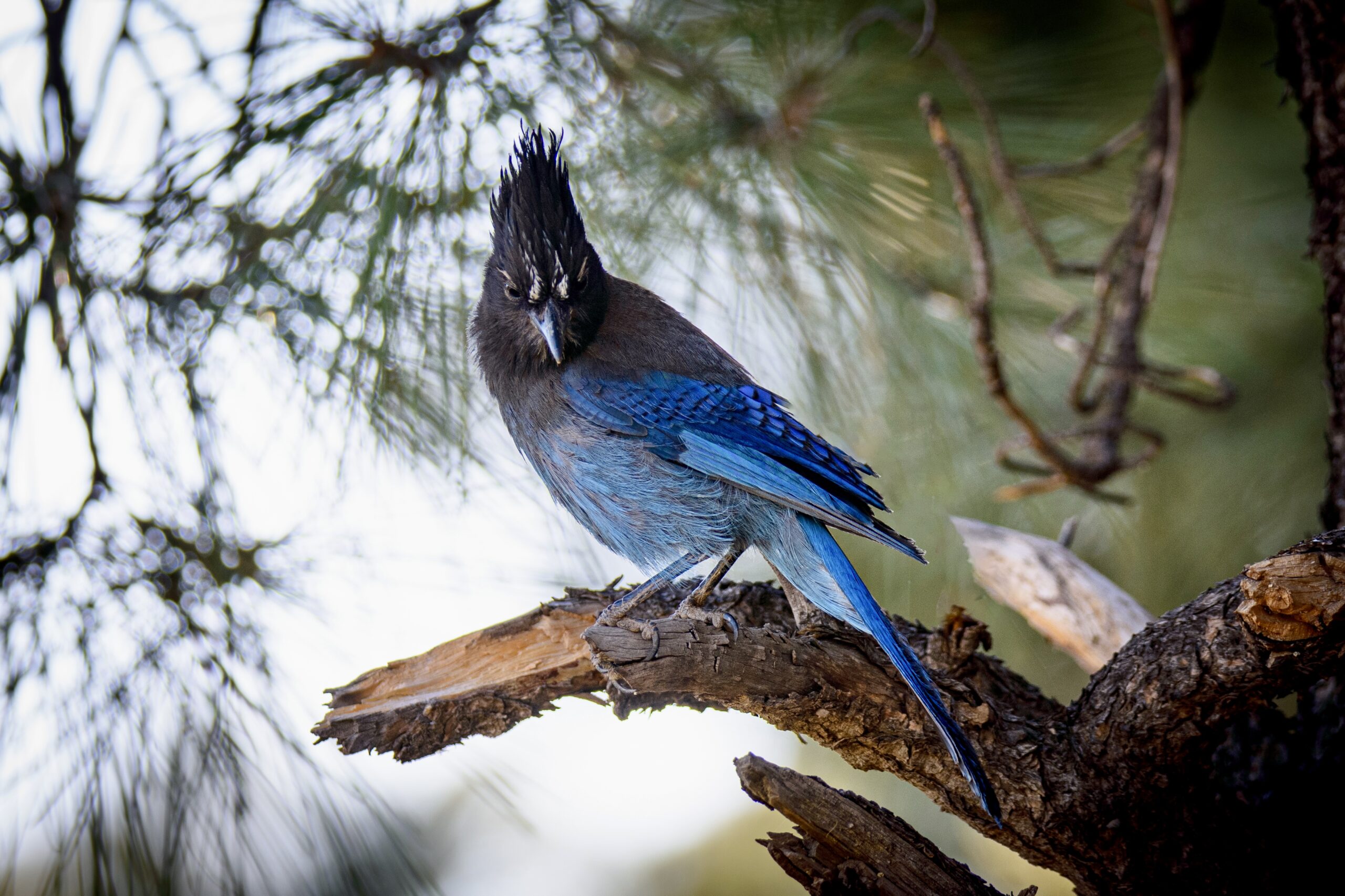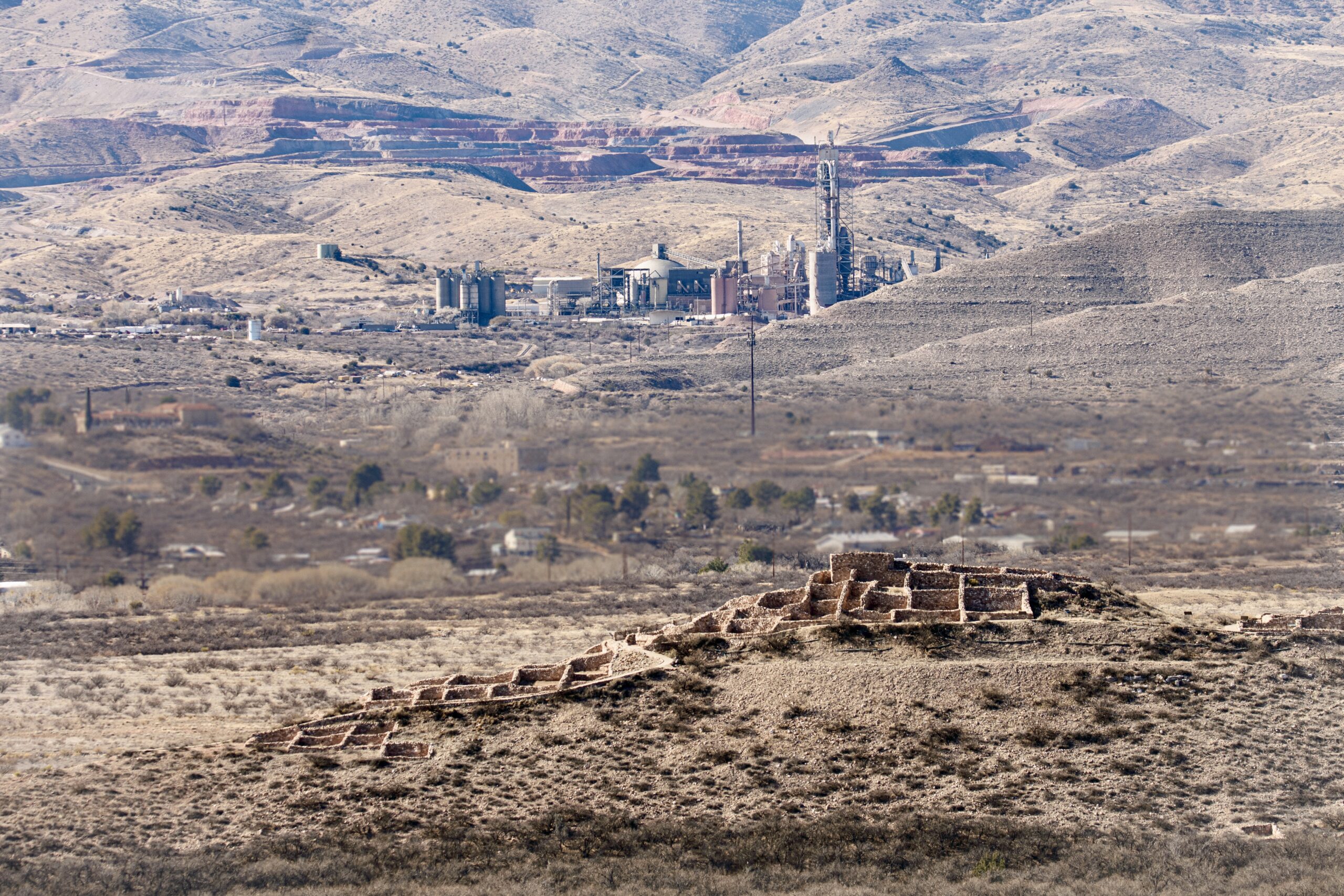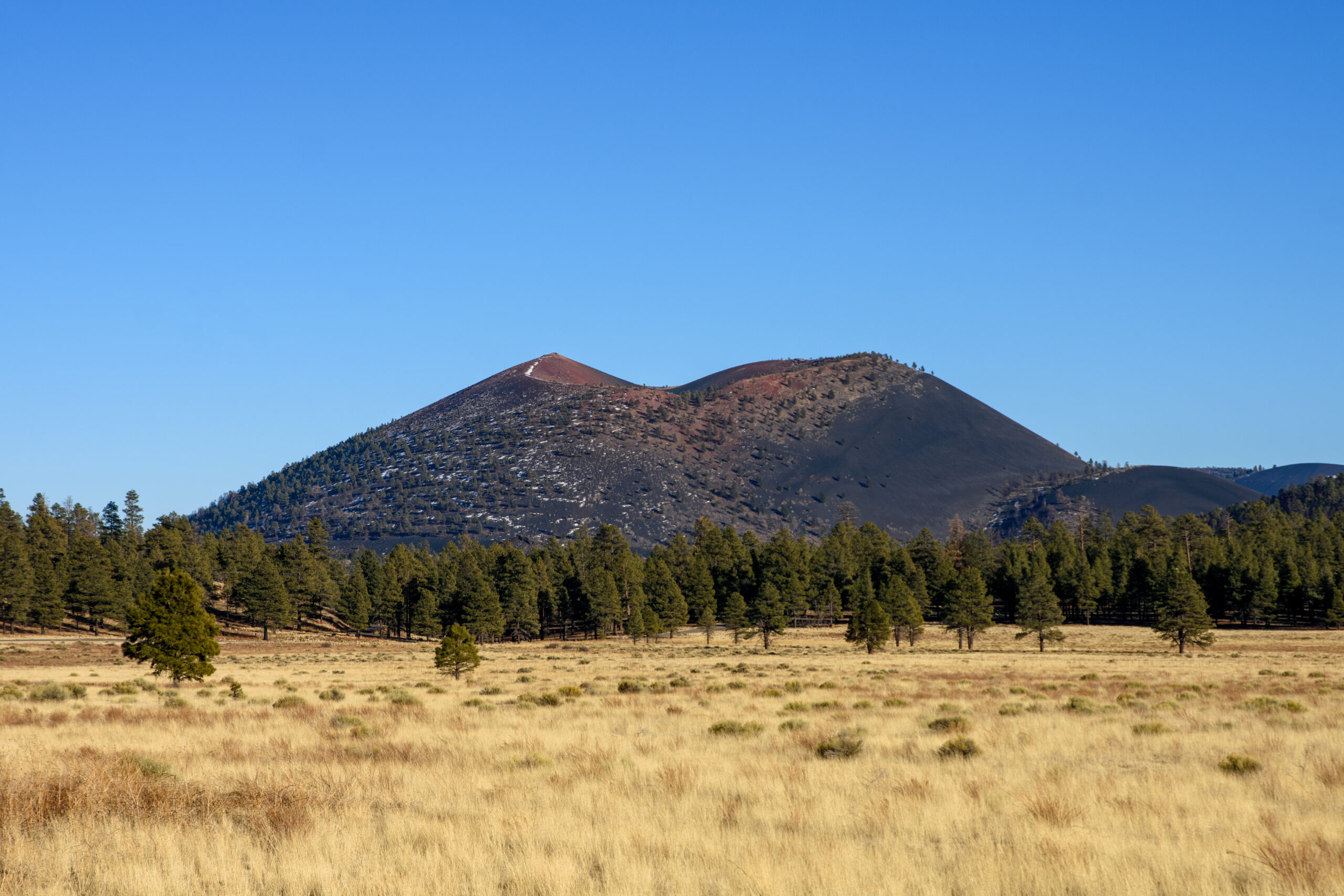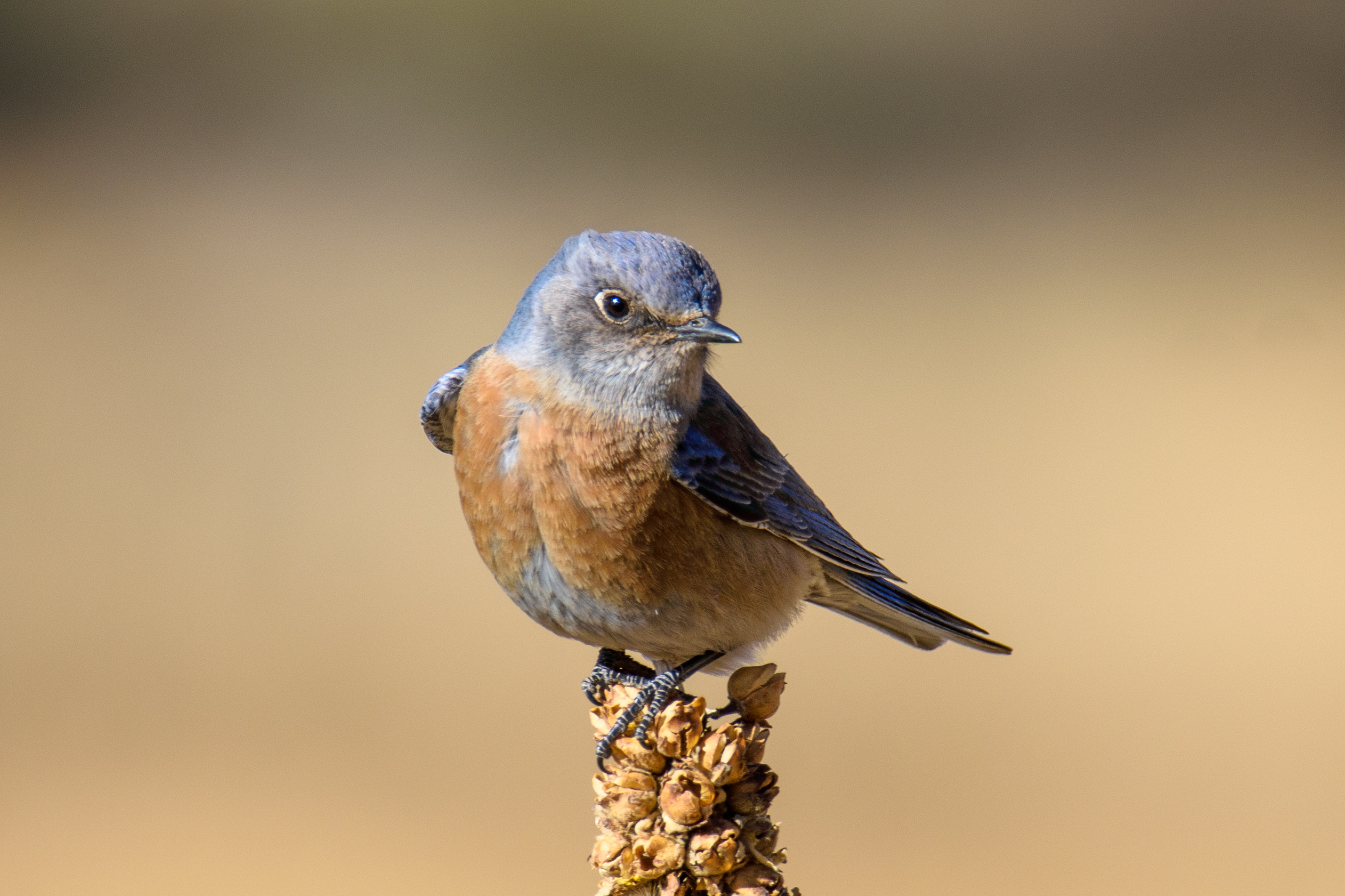Northern Arizona
Stellar’s Jay

Picture Canyon Natural and Cultural Preserve, Flagstaff, AZ
Montezuma’s Well

If you remember comedian Michael Myers’ SNL “Coffee Talk” observation that “the Holy Roman Empire was neither Holy, Roman, nor an Empire,” you can appreciate the bit of humor in the name of “Montezuma’s Well,” which isn’t a well and which has nothing whatsoever to do with Montezuma (whose nearby “Castle” also isn’t a castle, and also wasn’t his). Nevertheless, the geological feature that goes by this malapropic name is pretty amazing.
Timeline of Sight

Background: Phoenix Cement Plant in Clarkdale, AZ, est. 1959, now operated by the Salt River Pima–Maricopa Indian Community. Foreground: Tuzigoot, est. @ 1125 by the Hisat’sinom.
Marc
It’s this outlook, it appears, that places at the top of Marc’s list of values the virtue of tolerance, a virtue that, would his principles permit it, he would wish to profess as a universal moral obligation; it is society’s failure to exercise such tolerance that gets him the most worked up. It is also this outlook that seems most responsible for his antipathy to Christianity. “I can’t endure a religion, he says, “that would condemn me to hell for merely pursuing desires with which I was born.”
Jerome

The whole idea of a mining town is inherently impermanent. Such a settlement usually survives only until the natural resources of the site are exhausted and then it fades into a ghost town. In this sense, then, any mine is a gradually disappearing foundation for the attendant settlement. But some of the Jerome mining operations seemed especially bent on destroying the town’s structural foundation even before the copper ran out.
Winter Colors of Beaverhead Flats

This was going to be a post about lichen. Really, it was. And why shouldn’t it have been? This colonial organization of algae, fungus, and cyanobacteria living in mutually beneficial symbiosis, the first form of life to move into an environment denuded of vegetation and soil by natural disasters, and the initial agent of renewal in a devastated ecosystem: why shouldn’t we celebrate it as one of the more glorious inventions of our Creator?
James
James’s responses to the issues I raise in my interview present two different aspects: there are the straightforward logical answers he gives to my specific questions, and there are the more visceral expressions of opinion he presents as the same topics are discussed in more natural conversation. And these two dimensions do not always seem to be in harmony. When, for example, I ask him my basic cosmological, biological, and anthropological questions, his answers are the kind…
Sunset Crater

As interested as I’ve been in Arizona and for as long as I have, one item I would never have included among the state's primary geological features is volcanos. But the entire landscape surrounding Flagstaff is dominated by volcanic formations. Even its signature San Francisco Peaks are extinct volcanos. Volcanic material also constitutes a prevalent part of the soil throughout the state. Among the 600 plus cinder cones in the San Francisco Volcanic Field, sits one of the most recently active volcanos in the continental United States.
First Feathered Friends in AZ

What welcoming wings— A familiar few from home… Others newly met
Kassandra
Kassie’s is far from the unexamined life. In fact, very rarely have I encountered someone with such a clearly acknowledged and articulated fundamental principle. Through the course of our conversation, her foundational committment is expressed repeatedly in a single word: autonomy. It was this commitment to her own autonomy that led to some friction in the timing of opening her café. It was that same commitment which for many years led her to resist external cultural pressure toward the domestic life. Until, that is, she percieved such pressure to have relaxed, at which point, she decided that the life of a wife and mother was one she now wishes to pursue, along with a graduate degree in psychology.
Tuzigoot

A longstanding question among archaeologists about the Tuzigoot ruins near Cottonwood, Arizona, is where the inhabitants went and why they left. There can be little mystery, however, in the settlers’ initial choice of the spot. At the base of the hill upon which the settlement was built, flows a spring-fed river, now called the Verde, which provides an easily-accessed and continual source of water. This river though served as more than just a reliable water source.